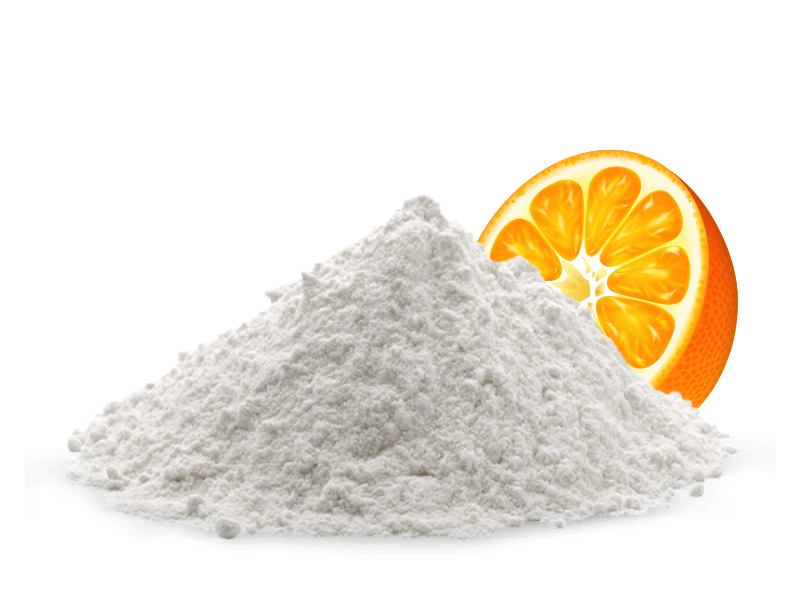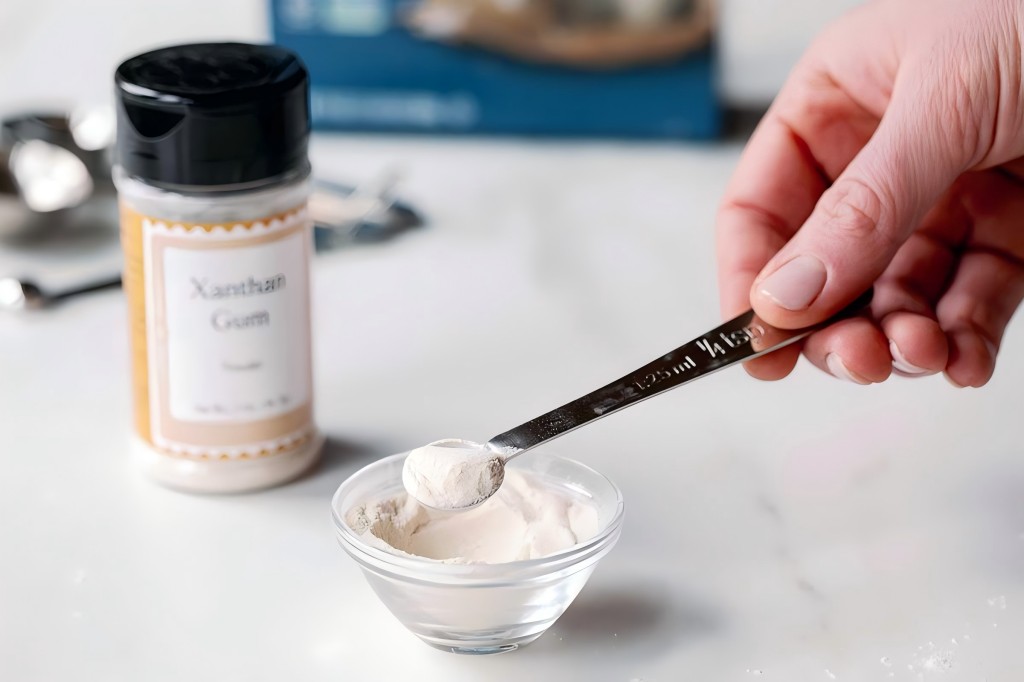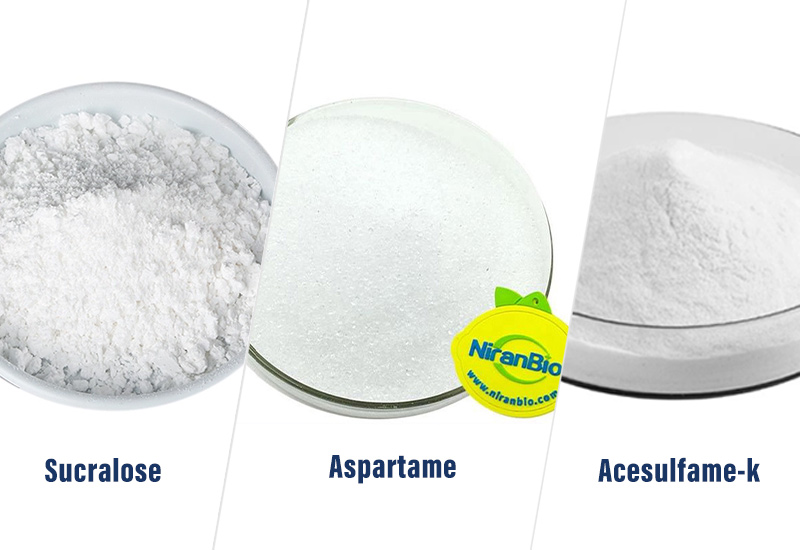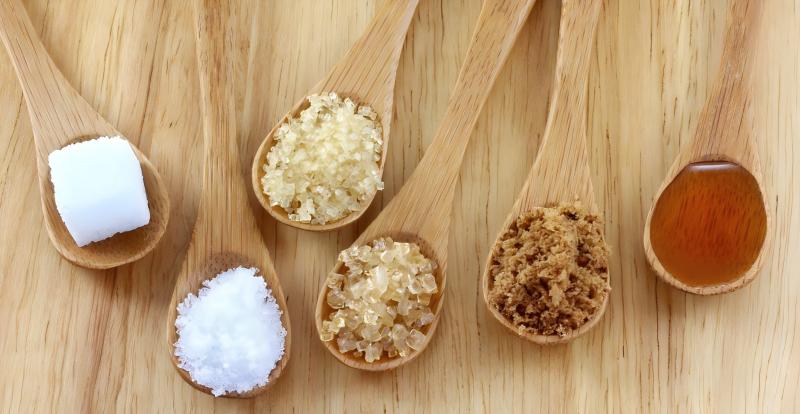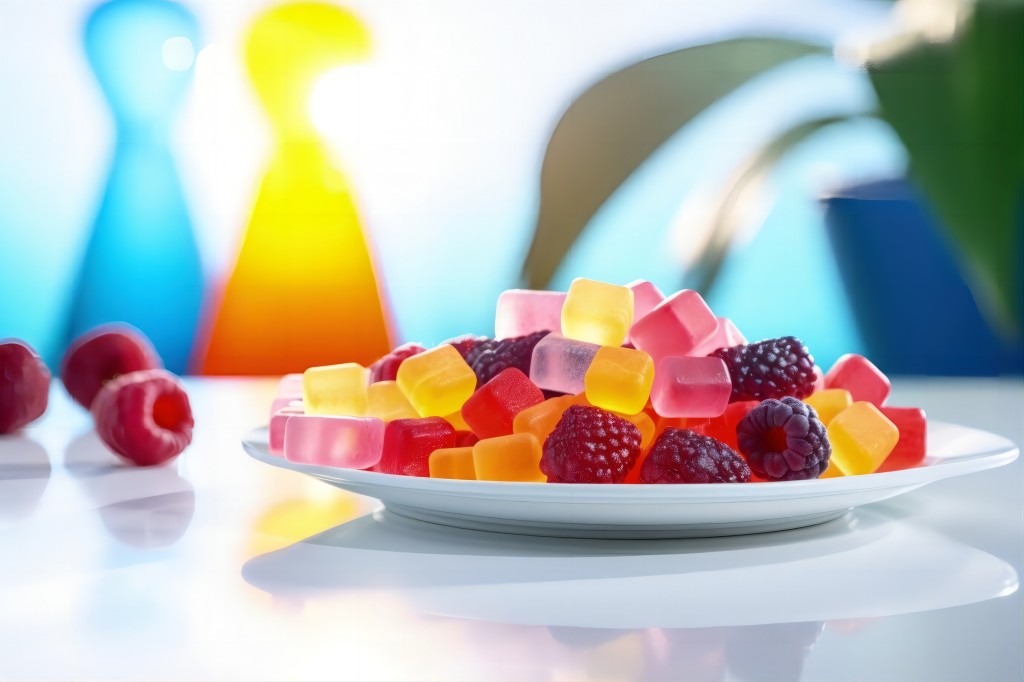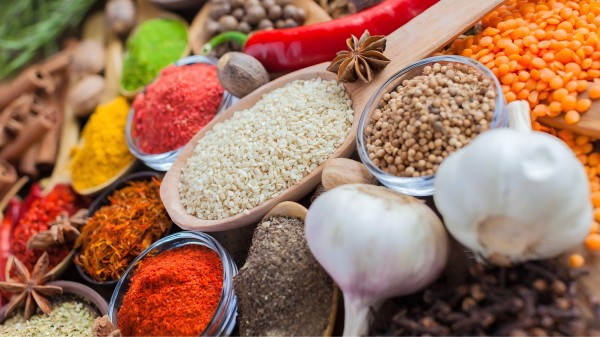Ascorbic Acid: Uses and Dosages in Various Industries
Ascorbic acid, or vitamin C, is a versatile compound used in various industries, including food, pharmaceuticals, cosmetics, and agriculture. Its antioxidant properties and essential health benefits make it invaluable. This article explores its applications and typical dosages in each sector. The Food and Drink Sector In the food and beverage industry, ascorbic acid is primarily […]

